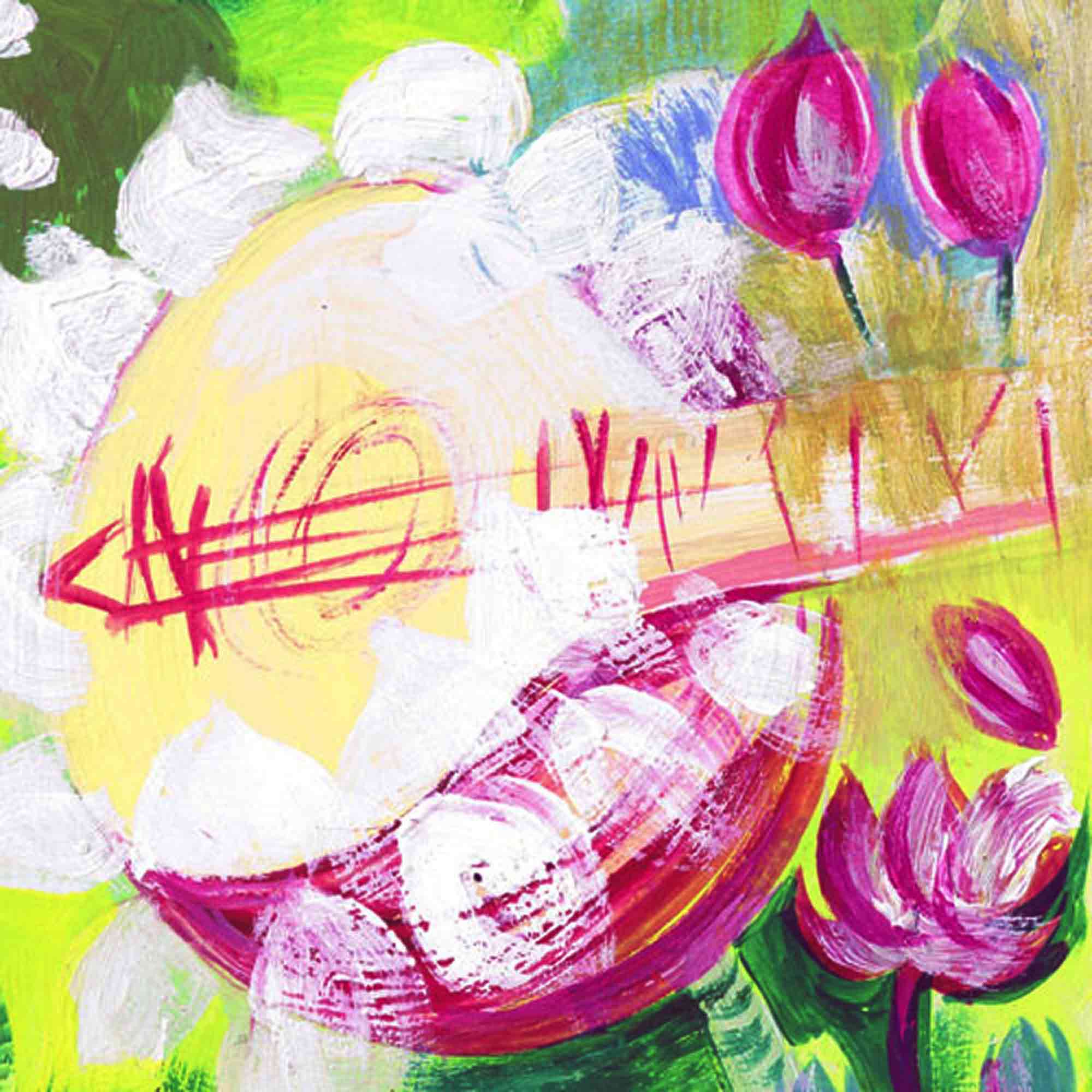- Mridangam maestro Trichy Sankaran
The Hindu, 31 Dec. 2011
Tiruvarur to Texas, Carnatic musicians have transcended global cultures, echoing the seven notes to the West. Trichy Sankaran,to be honoured with the Sangita Kalanidhi today, summarises Carnatic music’s history in America in a chat with critic Veejay Sai
While everyone is aware of how Hindustani music became popular in the West, especially America, with maestros like Pandit Ravi Shankar and Ustad Ali Akbar Khan’s early overseas concert tours, how and when was Carnatic music an active part of the American culture? “It was Tanjore Viswanathan, the brother of Bharatanatyam legend Balasaraswati, who went on a Fulbright fellowship in 1958 to study Ethnomusicology at the University of California, Los Angeles. Veena Balachander went in 1962 with Umayalpuram Sivaraman (mridangam) and Vellore Ramabhadran (kanjira, for this tour),” says mridangam maestro Trichy Sankaran. Balachander and flautist Ramani along with the aforementioned percussionists ideated a project called ‘Sangeetam Madras’ and extensively toured North America. By 1963, mridangam vidwan Palghat Raghu travelled as a member of Ravi Shankar’s ensemble. By then a slow process of institutional interest seeped in amongst the American academia. “It was ethnomusicologist Robert Brown of Wesleyan University who showed great interest in bringing Carnatic music to America. He was a student of T. Ranganathan, the other brother (and a senior student of my guru Palani Subramnia Pillai) of Balasaraswati They were invited as artistes in residence at Wesleyan University and that was the first ever such occasion for Carnatic musicians to go there,” adds Sankaran, in fond remembrance of his guru-bhai. Brown’s interest in Indian music grew from strength to strength and he would think up newer methods of spreading it to American music lovers. “Bob, as we called Robert, started an experimental project called ‘Curry Concerts’ which he would organise. These were a combination of a sumptuous Indian dinner followed by a concert and gained popularity in no time. He was one of the few ethnomusicologists who believed that the study of the art is important with its performing element. He put an emphasis on the performing artistes as well,” recollects Sankaran.
Brown later invited several other musicians like K.V. Narayanaswamy (KVN) and Palghat Raghu to Wesleyan. KVN, as an artiste in residency at the university, went on a coast-to-coast concert tour along with Ravi Shankar and Ali Akbar Khan and earned fame at the Hollywood Bowl music festival by 1967. Several vidwans left for American shores to take part in festivals like the Monterey pop festival and Woodstock festival. “Brown went ahead to invite Ramnad Krishnan and Ramnad Raghavan. But Krishnan didn’t stay around for too long as he was very homesick and wanted to return to his family in India. But while in America, he was recorded by a music company with T. Thyagarajan (violin) and T. Ranganathan (mridangam),” says Sankaran, with a chuckle in his voice. “The Western students were also not acquainted with our Indian manners. I had an initial culture shock with students addressing me with a “Hey”, but I slowly got used to it and we taught them Indian manners! Here, we were used to people calling us ‘sir”, “vidwan”, and so on. Ramnad Krishnan was in disbelief when students would walk up to him asking, “Hey Krishna, when is my next lesson man?” and he wasn’t used to being addressed in such a tone!” laughs Sankaran heartily, recollecting how many musicians took the effort to culture Western audiences to guru-shishya traditions. […]
Today, Carnatic musicians rub shoulders with world music greats and collaborate with music practitioners from every other genre. The seductive swaras have showed their triumph once again, reminding how great the power of Indian music is.
Source: The Hindu : Arts / Music : A brief history of star-spangled swaras and raga music
Address : https://www.thehindu.com/arts/music/article2764012.ece?homepage=true
Date Visited: 1- July 2021


